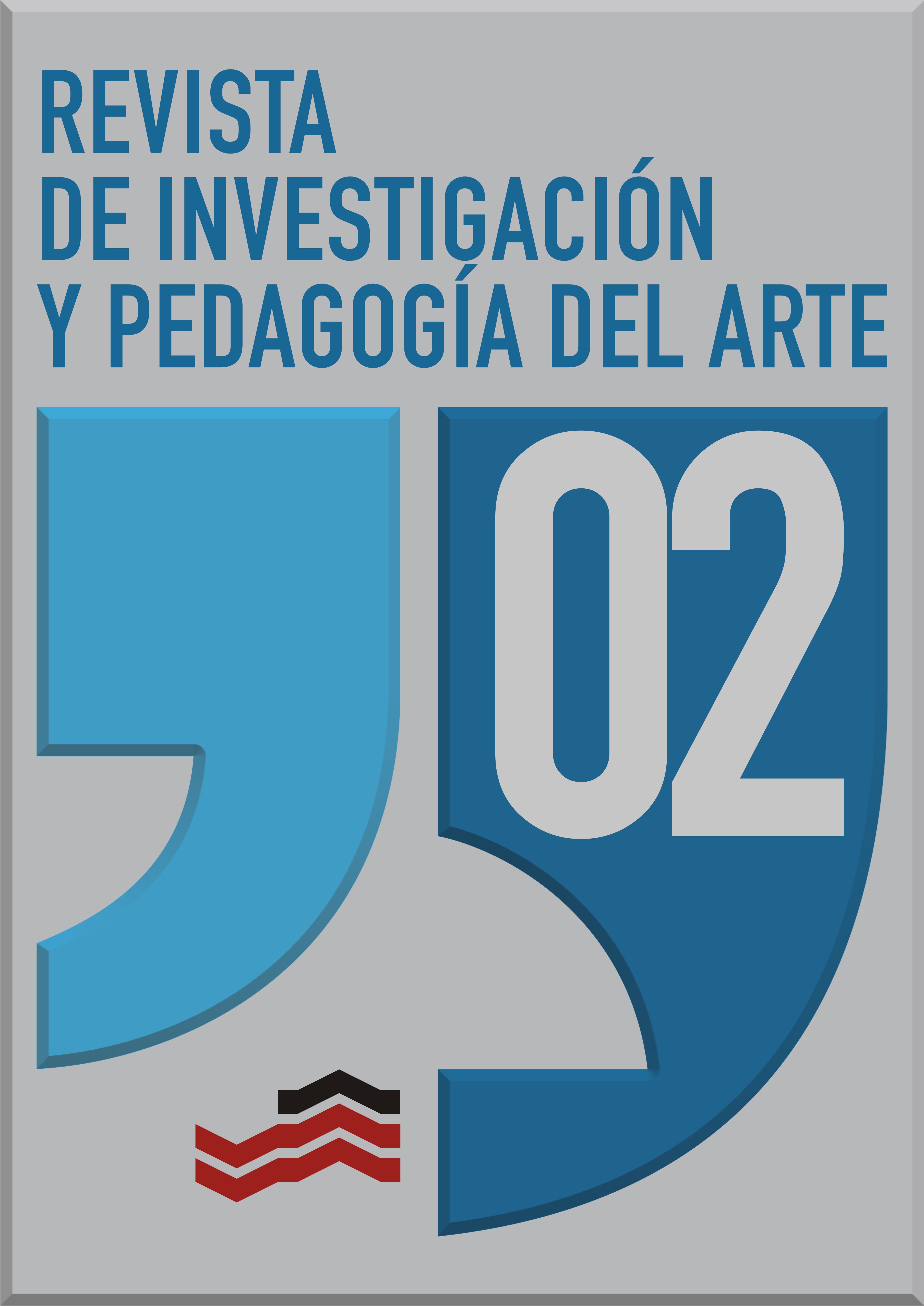Surveillance art: beyond bentham
DOI:
https://doi.org/10.18537/ripa.02.04Abstract
Surveillance undeniably plays a fundamental role in discipline-centered societies. Since the eighteenth century when the panoptic appeared as an architectural model proposed by Bentham, this penitentiary system has progressively overflowed itself into society. Today, with the development of new technological surveillance tools and under the promise of order and security, this system has evolved to what is now known as the digital panoptic. In this new model, the limits between what is private and what is public are blurred because the body is now conceived as an object of exhibition and contemplation, a sign that activates a series of references which revalue it in a society of commodities. Interestingly, the same body is also a medium that promotes transgression. This essay exposes the work of Hasan Elahi, and how he turns self-surveillance into an artistic expression that serves him as a platform for demanding the return of his captured body, illustrating and questioning the social implications of the digital panoptic under its own rules.
Keywords: art-surveillance; panoptic; body
Downloads
References
Baudrillard, J. (1974). Critica a la economía política del signo (1982 ed.). México: Siglo XXI
Bauman, Z. (2000). Modernidad líquida (2015 ed.). Argentina: Fondo de cultura económica.
Bauman, Z., Lyon, D. (2013). Vigilancia Líquida. Barcelona: Paidós
Bentham, J. (1791). El panóptico (1980 ed.). Barcelona: La piqueta.
Bourdieu, P. (1996). Sobre la televisión (1997 ed.). Barcelona: Anagrama.
Debord, G. (1967). La sociedad del espectáculo (2002 trad. de José Luis Pardo). España: Revista Observaciones filosóficas.
Deleuze, G. (1995). Post-scriptum sobre las sociedades de control. Polis. Revista Latinoamericana, (2006-13).
Douglas, M. (1978). Símbolos naturales: exploraciones en cosmología (1988 ed.). Madrid: Alianza
Elahi, H. (2017). Hasan Elahi [online], Recuperado de: http://elahi.umd.edu/
Foucault, M. (1975). Vigilar y Castigar (2010 ed.). México: Siglo XXI Editores.
Han, B. (2012). La sociedad de la transparencia (2013 ed). Barcelona: Herder
Galindo, G. (2012). Sujeto, Cuerpo y Poder en el arte Una reflexión a partir de las ideas de Foucault. ResearhGate. Recuperado de: https://www.researchgate.net/profile/ Gabriela_ Galindo_Gonzalez/publication/259713308_Sujeto_Cuerpo_y_Poder_en_el_ Arte_Una_reflexion_a_partir_de_las_ideas_de_Foucault/links/0046352d6c74141e01000000.pdf
Giddens, A. (1991). Modernidad e identidad del yo: el yo y la sociedad en la época contemporánea (1995 ed.). Barcelona: Península.
Lozano, J. (2014). Arte Panóptico: control y vigilancia en el Arte Contemporáneo. (tesis doctoral). Universidad de Granada.
Lozano, J. (2013). La Influencia del Panóptico de Jeremy Bentham en el Proyecto Tracking Transience de Hasan Elahi. AusArt. Recuperado de: http://www.ehu.eus/ojs /index.php/ ausart/article/view/10395/9725
ONU. (1948). Declaración Universal de los Derechos Humanos. Asamblea General de las Naciones Unidas. París.
Orwell, G. (1949). 1984 (2013 ed). Bogotá: Geminis Ltda.
Real Academia Española. (2005). Vigilar En: Diccionario panhispánico de dudas. Recuperado de http://lema.rae.es/dpd/srv/search?key=vigilar
Vargas, M. (2012). La Civilización del Espectáculo. Lima: Alfaguara.
Published
Issue
Section
License
Copyright (c) 2017 Revista de Investigación y Pedagogía del Arte

This work is licensed under a Creative Commons Attribution-NonCommercial-ShareAlike 4.0 International License.










